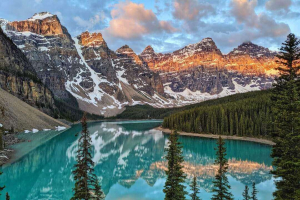Top 10 Ways the Sun Has Been Blocked From the Sky
It’s not easy to make the sun go away. Aside from restricted cloud cover, we only encounter solar eclipses on a relatively occasional basis. Furthermore, there ... read more...is no evil Mr. Burns manufacturing a sun-blocking device to keep us in the shade forever. That said, there have been a few of times in history when something filled the sky and obscured the sun from existence, if only for a few dramatic moments.
-
Some historians believe that 536 was the worst year in human history. That's because the sky turned black in the year 536. And the darkness persisted for 18 months. Crop failure led to famine, which was soon followed by the Justinian Plague, which killed between one-third and one-half of Europe's population. What then made this specific period of the Dark Ages truly dark? Ash. A volcano in Iceland erupted in the early year of 536, according to archeological evidence. The drop in summertime temperatures reached 2.5 degrees Celsius. They claim that the entire Northern Hemisphere experienced what amounted to an eclipse.
The volcano is the crack in the planetary mass materials that allows gases, hot lava, and volcanic ash to escape from a magma chamber beneath the crust. The earth's surface is divided into multiple tectonic plates. The Earth's volcanoes are caused by the crust of 17 important tectonic plates breaking. They remained in the Earth's softer and hotter mantle layer. Therefore, where the tectonic plates are separating or intersecting, volcanoes are frequently observed.

http://www.hawaiinewsnow.com/ 
https://wallup.net/ -
Between 40 and 80 million insects can be found in a swarm of locusts. Although largely unharmful to people, they can quickly devour acres of crops, and it is difficult to overstate how terrible it must be to contend with 80 million finger-sized grasshoppers.
The year 1874 (or 1875, depending on whose source you read) saw the arrival of the ferocious Rocky Mountain locusts. The swarm didn't have the typical 80 million members. One account places the number of bugs in this one at up to 10 billion, while another places it at much to 120 billion, and it lasted for five days, blocking the light from the sky.
The swarm engulfed many states, including Montana, Wyoming, Iowa, Colorado, Minnesota, Missouri, and Nebraska. They consumed grass, crops, sheep wool, and fence paint, among other things. Crop losses cost 200 million dollars. They broke into houses and consumed any food that wasn't covered by wood or metal. Even the beds and clothes were eaten. Despite the bugs' sinister appearance, they were extinct by the early 1900s.

http://www.timesofisrael.com 
https://newsforkids.net/ -
In the movie 300, a Persian threatens Michael Fassbender's Stelios and warns their arrows would block out the sun in a famous statement. They'll fight in the shade, according to Stelios. Later on in the movie, the promise is realized and the sun is truly blocked out by arrows.
The Battle of Thermopylae served as the inspiration for the film 300. But it's clear that the movie wildly embellishes the plot. In addition, the history of the time was probably greatly inflated. So it's difficult to determine with certainty what occurred during that infamous conflict. Only the statements made at the time will do, or shortly before.
The Battle of Thermopylae was documented by the historian Plutarch. Plutarch was born in 46 AD, but the conflict occurred in 480 BC. The individual therefore didn't precisely have a first-hand account and instead learnt a lot of the story from Herodotus' writings, even though he was only four years old at the time of Thermopylae. However, Plutarch later noted in his history that "it is hard to see the sun because of the barbarians' arrows." A reference to Dienekes' remark about fighting in the shade is also made.

https://www.22and5.com N channel on Youtube -
It goes without saying that we mean our sun when we talk about something blotting out the sun. But our sun is only one among many in the vastness of the cosmos. Additionally, it's not the only one that disappears for unknown reasons.
Astronomers first noticed the star that is now known as VVV-WIT-08 in 2012. "What is this?" is indicated by the "WIT" portion. The star was gone for 200 days. Something completely obstructed the light. Then it came back. So, there was a barrier for 200 days. Since that time, it has never happened again, and scientists have been unable to pinpoint what caused it.
About 25,000 light years separate us from the star. Although it is 100 times bigger than our sun, it burns less hotly and brightly. The information gathered indicated that over those 200 days, a star was obscured by an object. That indicates that whatever it was substantial and larger than the star. Few star bodies can fit such requirements.
Additional investigation produced more queries. It was challenging to determine the star's actual size and distance. But they came to the conclusion that whatever was blocking it had to be in the star's orbit. All of their hypotheses, whether black holes, planets, or other stars, fail to adequately account for the observations.
https://fun-gifimage.blogspot.com 
https://www.youtube.com/ -
We who don't reside in arid areas will never fully comprehend the magnitude and extent of a dust storm. Although you may see footage of them on YouTube, it's not quite the same as in many other cases. You can't fully capture the wonder of when a wall of dust manages to completely cover the sun in a video. Cairo frequently experiences dust storms with winds gusting to at least 50 km/h and waves of dust rising to a height of about 5 meters. Until the storm passes, a gray wall covers the sky.
In particular during the infamous Dust Bowl, America has also experienced some very bad dust storms. In 1931, a severe drought that would last for years started. Storms would pick up dry dirt, resulting in what they dubbed "black blizzards."
The layers of dry dirt were thick on April 14, 1935, following an especially severe summer the year before. The storm that followed the arrival of a severe weather front from the north was unheard of by the locals. The result was a dust storm that was thousands of feet high and hundreds of miles wide. 300,000 tons of earth were moved. It was known as Black Sunday. One observer claimed that it was so dark that it was impossible to see the sun in the sky, much less your own hand in front of your face.
https://www.starsinsider.com/ 
https://www.hilitehomes.com -
In 1975, the phrase "global warming" was first used. Actually, the term "climate change" dates back to 1956. So in no way are these ideas novel to us. Plans to address these issues have been put out for almost as long, with geoengineering being one among them. This may be the closest thing to Mr. Burns level evil there is, according to some.
In terms of the sun, geoengineering aims to block the sun in an effort to chill the world. The main component of antacids, calcium carbonate, was intended to be released into the atmosphere as part of the Stratospheric Controlled Perturbation Experiment in 2019. The idea was to chill the planet by reflecting some of the sun's heat via the particle matter. That test was abandoned. Bill Gates decided to bring it up once more in 2021. Naturally, news stories about a billionaire wanting to obscure the sun generated considerable suspicion and negative press. Another pause was applied to the experiment. If we proceed with this experiment, critics worry that there isn't enough information on what may go wrong with weather patterns and other problems.
Although the project has not yet been started in earnest, it appears that it is only a matter of time before it is. We'll learn what occurs when man tries to artificially block the light from the sky when they do, for better or worse.
https://sebsnjaesnews.rutgers.edu 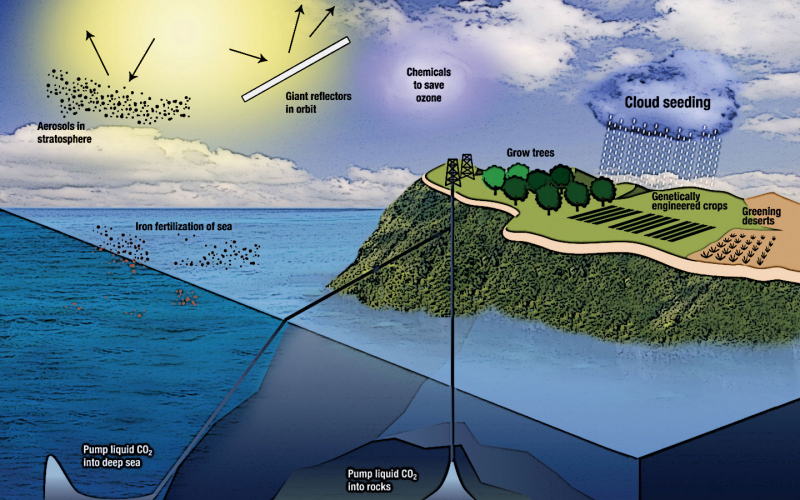
https://countdown.org/ -
About 830,000 individuals were murdered by mosquitoes in 2018. That was a decrease from earlier figures, which typically hovered around two million annually. And even if they are not a source of diseases like malaria, mosquitoes are bothersome at the best of times. Therefore, picture how upsetting it would be to come upon a pile of them that is so large it blocks out the sun.
A mosquito swarm turned into a tornado-like cloud in Russia in July 2021, darkening the sky. Millions of male mosquitoes in the pillar-like swarms are competing for the attention of a much smaller population of female insects. It's actually a rather typical occurrence, and the size of the swarms can change from year to year depending on the weather.
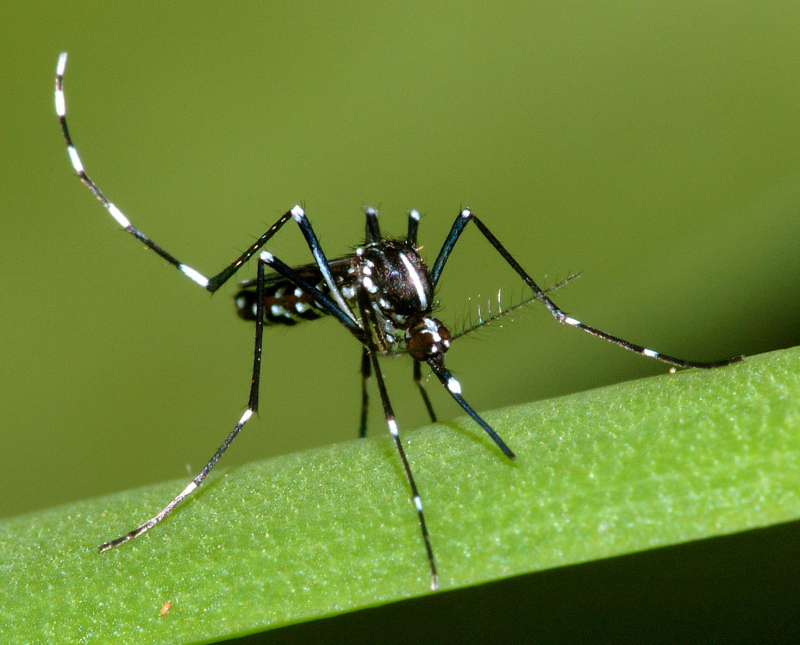
http://blogs.tallahassee.com/ 
https://truepundit.com/ -
These days, wildfires are all too common, and when summer arrives, you can almost expect that more will wreak havoc in various regions of the country, most likely in California. They cause enormous amounts of harm. The 2020 fires resulted in at least 30 fatalities. 106 people passed away in 2018. The economic totals were likewise difficult to comprehend, with the predicted $400 billion cost for 2018 being the highest.
It makes sense that such destructive fires would produce such a huge wall of smoke that the sky itself would turn black, given their far-reaching effects. San Francisco had a hazy glow in the sky due to the fires in 2020, which prevented the sun from shining on the city. The same thing happened in British Columbia in 2018, obstructing the sun.
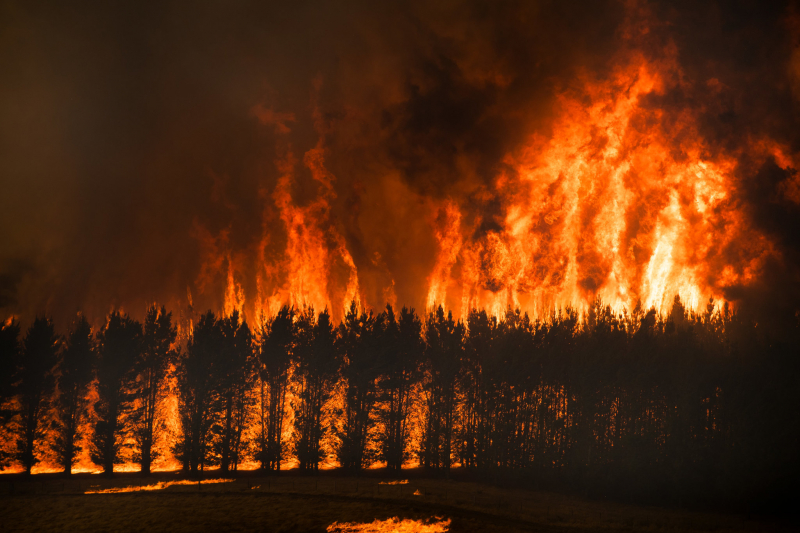
https://ecopict.com/ 
https://www.nytimes.com -
The term "smog" first appeared at the turn of the 20th century to describe the veil of smoky fog that covered British towns due to the era's significantly polluting industrial sectors. Since then, the same thing has happened in a lot of big cities with a lot of industrialized areas.
Due in large part to the extensive coal burning in China, the country is infamous for having terrible air quality. It was discovered in 2019 that China's solar energy output had decreased by 11% to 15% as a result of the dense haze blocking the sun's rays from reaching solar panels. At the end of 2016, cities like Beijing had an eight-day stretch of extremely high pollution levels that made the sky murky and prevented the sun from shining.
Beijing had been dealing with the issue for many years, and in 2014 the city put policies in place to address it. In time for the Olympic Games in 2021, Beijing was finally able to achieve its own state-set air quality criteria for the first time ever.
http://www.cbsnews.com 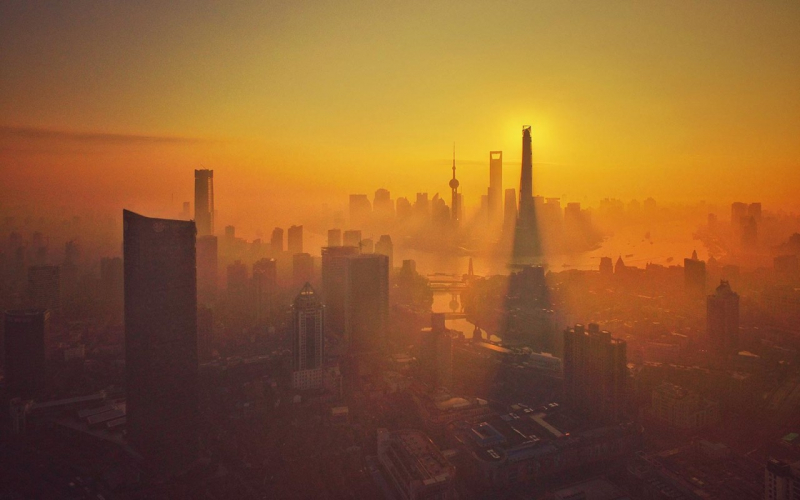
http://america.aljazeera.com/ -
2009 saw the largest reported flock of birds ever to be photographed flying over an African grassland. Approximately 1.5 billion red-billed quelea, which filled the air and covered everything in guano, were captured by a photographer looking like something out of a horror film. Although it's impressive to see, it still falls short of what passenger pigeons once accomplished.
The passenger pigeon was the most prevalent bird in North America in the 1800s. The renowned artist and ornithologist John James Audubon observed as a flock of pigeons approached and obscured the sun in the sky in the year 1813. Alexander Wilson, an ornithologist, estimated the flock he witnessed to have around 2.3 billion individuals at the same moment.
The citizens of Toronto missed the sun in the year 1860 because it took an estimated 3.5 billion birds 14 hours to fly by. The weight of the birds when they landed on the trees would snap off the branches and kill them. It was comparable to devastation from a tornado.
Amazingly, by the early 1900s, this once-common bird had become extinct. The creatures were easily wiped out thanks to logging, the development of the rail system, and hunting. They were unable to adapt to the changes in their environment and died out as a result. Their habitats were devastated, and people hunted and sold the birds.
http://environmentalalmanac.blogspot.com 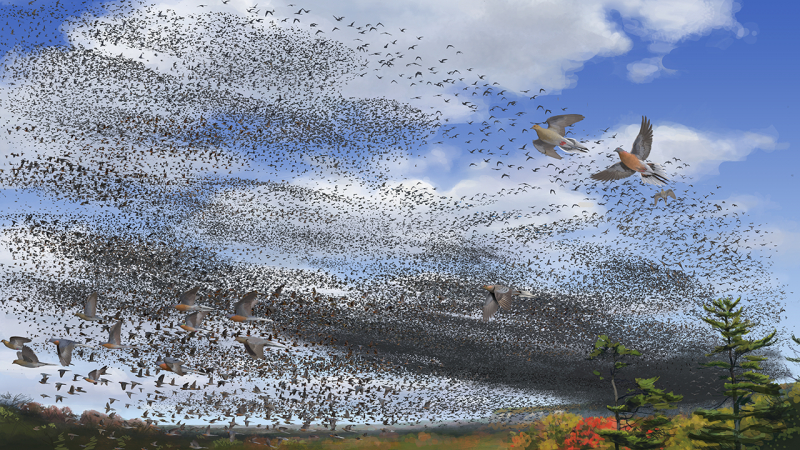
https://reviverestore.org






















